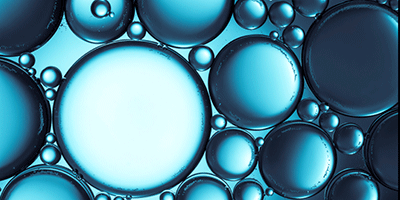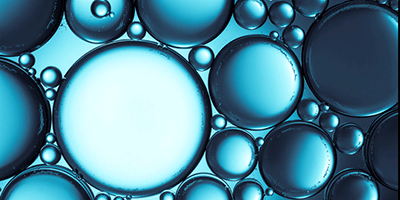Blowing Bubbles on the Nanoscale
Whether they form in ice-cold champagne or hot molten iron, bubbles represent a nucleation phenomenon that (in the case of the hot iron) can lead to a phase transition from a liquid to a vapor. Understanding how the bubble nucleation is affected by confinement could be useful for applications in chemistry, microfluidics, and electronics, as well as fundamental studies of phase transitions. Jene Golovchenko, at Harvard University, and collaborators now report a way to reproducibly create bubbles in liquid confined within a solid-state nanopore—the smallest container in which bubble formation has been observed.
Solid-state nanopores are tiny holes punctured into an insulating membrane. Golovchenko and his colleagues immersed a silicon-nitride membrane containing a nanopore in a sodium-chloride solution and applied a modest voltage across the membrane to drive an ionic current through the pore. The current rapidly heated the liquid in the nanopore to temperatures above its normal boiling point, causing single bubbles of vapor to homogeneously nucleate at the center of the pore.
The researchers used both electronic and optical probes to monitor the bubbles’ nucleation, growth, and collapse. The bubbles were excited in streams, with each bubble lasting around nanoseconds before the next formed nanoseconds later, consistent with models of how heat drives bubble formation on the nanoscale. Inducing bubble nucleation in a controlled manner may be useful for applications such as building bubble “lenses” to bend light and achieve super-resolution imaging. – Katherine Kornei





